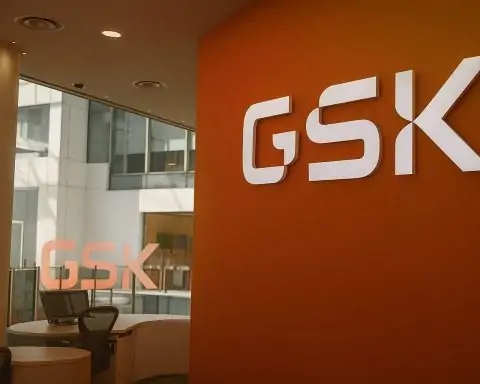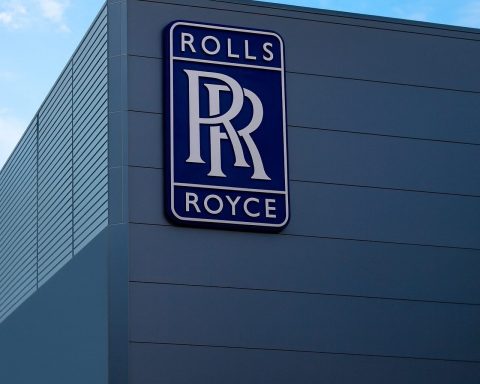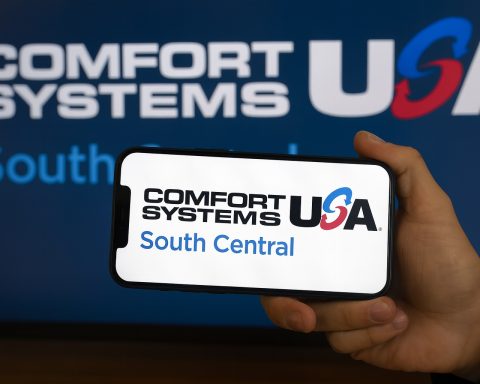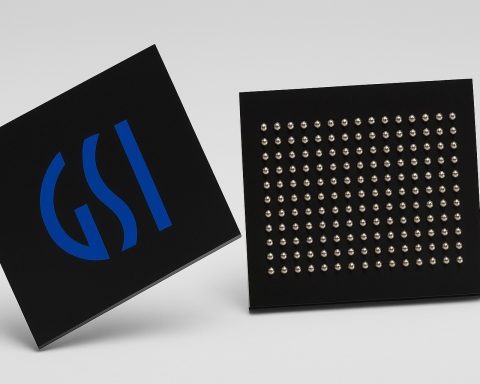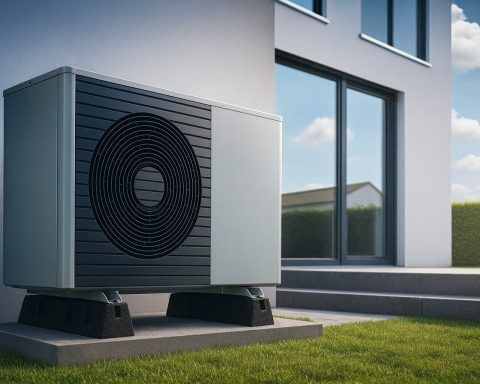- Closing vents in an unused room actually raises duct pressure and strains the system, not saves energy [1] [2]. Experts say your HVAC is designed for balanced airflow; blocking vents makes the blower and compressor work harder, shortening equipment life and raising costs [3] [4].
- Always keep all vents open. In fact, HVAC pros recommend HVAC zoning instead of crude vent-shutting. A zoned system lets you control temperature room-by-room without unbalancing the airflow [5]. One note: even furniture or rugs over a vent can trap air and create pressure – clean, clear vents improve efficiency and prevent coil freeze or moisture problems [6].
- School districts are upgrading, not closing, systems. For example, the Cle Elum–Roslyn (WA) School District is adding air conditioning by retrofitting its middle-school hydronic system with a new Variable Refrigerant Flow (VRF) cooling system [7]. Rather than blocking existing ducts, they’re adding modern cooling tech to serve current vents.
- HVAC stock news: Comfort Systems USA (NYSE: FIX) just reported a blowout Q3. Revenues jumped 35% to $2.45 billion and EPS hit $8.25 (vs. $4.09 year-ago) [8]. Its large backlog ($9.38 billion, up sharply) and strong cash flow led CEO Brian Lane to tout “record results” [9] [10].
- Stock surge: FIX shares spiked ~17–18% on Oct. 24, 2025, jumping from the mid-$800s to about $960–$970 [11] [12]. That extended its 2025 gain to roughly +130%. Investors are betting on booming HVAC demand from tech sectors (data centers, chip plants) and strong construction [13] [14].
- Analyst outlook: Wall Street is bullish. Stifel recently hiked its price target to $1,069, forecasting high-teens growth into 2026 [15]. UBS and others rate FIX a “Buy,” with consensus targets in the $735–900 range [16] [17]. (Even after the jump, the stock trades around 50× forward EPS, reflecting its exceptional growth [18].)
- Tech and green trends: Smarter HVAC gear and regulations are reshaping the market. Smart thermostats alone can cut heating/cooling costs ~10–15% and reduce total home energy use by ~30% [19]. Heat pumps – 2–4× more efficient than furnaces – are now outselling furnaces [20]. And the new AIM Act rules (mandating low‑GWP refrigerants like R‑32 by Jan 2025) are projected to add ~$6.8 billion to the industrial HVAC market by 2029 [21].
Why “Saving” Energy by Closing Vents Can Backfire
It seems logical: Why cool or heat an empty room? But HVAC experts say closing vents in unused rooms creates a problem, not a solution [22] [23]. Tom’s Guide reports that shutting vents raises static pressure in the ductwork, making the blower motor and compressor work far harder [24] [25]. “The air ends up building up at those vents and causes extra pressure, which can actually damage your system,” explains Eli Zimmer of Luxaire HVAC [26]. Micah Sherman (American Home Shield) agrees: “Closing vents in unused rooms can create pressure issues… forcing [the HVAC] to work harder and potentially leading to damage” [27]. In plain terms, your furnace or AC is trying to push the same amount of air through fewer open vents, so it overheats, freezes up, or simply wears out sooner [28].
Richie Drew, VP of operations at One Hour Heating & Air Conditioning, adds that every cubic foot of air your system pushes out must be returned. Blocking vents disrupts that return airflow, so the “air duct system is designed to match the output and input” [29]. When airflow is restricted, condensed moisture can drip into the ducts or cause coils to freeze, inviting mold and damage [30] [31]. Technician Bert Miskell confirms: higher static pressure “means the blower fan and compressor must push harder to maintain airflow, which can shorten their lifespan and increase operating costs” [32]. In short, the HVAC runs inefficiently and wears out faster if rooms are blocked off improperly.
Instead of shutting vents, experts advise keeping them open (and even leaving room doors open) so air circulates evenly [33] [34]. If you truly want separate temperature control, the solution is an HVAC zoning system. Zoning adds dampers and separate thermostats so you can cool or heat only certain areas without unbalancing the system. As Tim Algaushove of IRBIS Air explains, “HVAC zoning can help you control specific areas of your home independently… [allowing] you to achieve your specific goals” (e.g. ignoring an empty guest room) [35].
From Schools to Stocks: HVAC News and Market Update
This conversation comes as the HVAC sector is booming. On the public-works side, local projects are adding cooling capacity. For example, the Washington State Cle Elum–Roslyn School District just issued a bid for “Middle School HVAC Upgrades.” The plan is to retrofit its existing hot-water heating coils with a new Variable Refrigerant Flow (VRF) cooling system – effectively adding air conditioning without reworking the ductwork [36]. In other words, instead of closing vents or replacing all equipment, they’ll install modern VRF units to bring cooling to classrooms. This underscores the trend: schools and businesses are investing in smarter, more efficient HVAC tech rather than making crude vent-blocking hacks.
The private sector is abuzz too. Comfort Systems USA (FIX) – one of the nation’s largest mechanical and electrical contractors – just delivered blowout third-quarter results. They reported $2.45 billion in revenue (up +35% YoY) and earnings of $8.25 per share, massively beating analysts’ estimates [37]. Management credited both organic growth and strategic acquisitions (two electrical contracting firms closing recently) for the surge [38] [39]. Importantly, their backlog (booked but unfilled orders) hit a record $9.38 billion [40], reflecting “unprecedented demand” across data centers, tech campuses, and commercial projects [41] [42].
Investors rewarded that performance. On October 24, 2025, FIX stock jumped nearly 18%, vaulting from the mid-$800s to roughly $960–970 [43] [44] (and trade near $970 by Oct 25). That was its highest level ever – a gain of about +130% so far this year. As one market writer notes, Wall Street views Comfort Systems as an AI/tech-boom beneficiary, since HVAC work in data centers and semiconductor plants has exploded [45]. CEO Brian Lane highlighted the “remarkable” cash flow ($550M in Q3) and record quarter, while analysts pointed out this was the second consecutive quarter with backlog jumping by over $1 billion [46] [47].
Analysts remain broadly optimistic. UBS, William Blair and others have Buy ratings on FIX [48]. Consensus moderate-Buy targets were around the high-$700s, but prices have far exceeded those. Indeed, Stifel just raised its price target to $1,069 (from $917) after the Q3 beat [49], projecting high‑teens same-store sales growth in Q4 and 2026 sales up 10–15% with faster growth in early 2026 [50]. MarketBeat data show 6 analysts rating FIX a Buy vs. 2 Holds (average target ~$736) [51].
It’s worth noting valuation: after the rally FIX trades around 50× projected 2026 EPS (at ~$960 and analyst‐consensus $17.96 EPS) [52]. Some caution it’s “rich” by historical standards, but peers point out Comfort’s growth (≈31% revenue growth last year) far exceeds the ~11% industry norm [53]. In short, the stock is expensive, but the strong financials and backlog have kept investors excited. If economic headwinds (inflation, rates) ease, the bulls say the rally could have legs [54].
Smart HVAC Tech and Regulations Drive Efficiency
Beyond stocks, rapid innovation is hitting the HVAC world. Tech startups and regulations are transforming heating and cooling. For consumers, smart gadgets can pay off: a well-programmed smart thermostat (Nest, Ecobee, etc.) can cut heating/cooling bills by 10–15%, and a fully “smart home” HVAC system might slash total energy use by ~30% [55]. New features like occupancy sensors and adaptive algorithms are rolling out – for example, Quilt’s heat-pump systems (by ex-Tesla engineers) gained a 20% boost in cooling/heating capacity via an over-the-air software update this year [56]. In plain terms, your future furnace/AC could actually get stronger and more efficient through updates, much like your smartphone or car.
On the regulatory side, governments are pushing green HVAC. Electric heat pumps now outsell gas furnaces, and some states (CA, CO, ME) mandate that 65% of new HVAC sales be heat pumps by 2030 [57]. California’s 2025 energy code even expects $4.8 billion in savings and millions of tons of CO₂ cuts from heat-pump adoption [58]. Another big change is refrigerants: under the U.S. AIM Act, manufacturers must switch to low‑GWP A2L refrigerants (like R‑32) by 2025 [59]. That shift is projected to add about $6.8 billion to the U.S. HVAC market by 2029 (as systems and training are updated) [60].
In summary, while a homeowner fix like closing vents may be a myth, the broader HVAC landscape is very real and active. Efficiency and comfort upgrades (like the Cle Elum–Roslyn VRF project) are underway, stocks of HVAC contractors are soaring on booming demand, and both market analysts and tech innovators forecast continued growth – albeit with an eye on economic headwinds. With AI-driven design tools, smart sensors, and cleaner heating mandates, the HVAC sector is set for rapid change. Consumers, meanwhile, are reminded: leave the vents open, call the pros for real upgrades, and let the industry know you’re watching.
Sources: Tom’s Guide [61] [62]; TS² Tech and finance news [63] [64] [65]; Investopedia and Yahoo Finance reports [66]; TipRanks/TheFly [67]; Washington Bid Network [68] (school HVAC bid). Each fact above is supported by these citations.
References
1. www.tomsguide.com, 2. www.tomsguide.com, 3. www.tomsguide.com, 4. www.tomsguide.com, 5. www.tomsguide.com, 6. www.tomsguide.com, 7. www.washingtonbids.com, 8. ts2.tech, 9. ts2.tech, 10. ts2.tech, 11. ts2.tech, 12. www.investopedia.com, 13. www.investopedia.com, 14. ts2.tech, 15. www.tipranks.com, 16. ts2.tech, 17. www.tipranks.com, 18. ts2.tech, 19. ts2.tech, 20. ts2.tech, 21. ts2.tech, 22. www.tomsguide.com, 23. www.tomsguide.com, 24. www.tomsguide.com, 25. www.tomsguide.com, 26. www.tomsguide.com, 27. www.tomsguide.com, 28. www.tomsguide.com, 29. www.tomsguide.com, 30. www.tomsguide.com, 31. www.tomsguide.com, 32. www.tomsguide.com, 33. www.tomsguide.com, 34. www.tomsguide.com, 35. www.tomsguide.com, 36. www.washingtonbids.com, 37. ts2.tech, 38. ts2.tech, 39. ts2.tech, 40. ts2.tech, 41. ts2.tech, 42. www.investopedia.com, 43. ts2.tech, 44. www.investopedia.com, 45. www.investopedia.com, 46. www.investopedia.com, 47. ts2.tech, 48. ts2.tech, 49. www.tipranks.com, 50. www.tipranks.com, 51. ts2.tech, 52. ts2.tech, 53. ts2.tech, 54. ts2.tech, 55. ts2.tech, 56. ts2.tech, 57. ts2.tech, 58. ts2.tech, 59. ts2.tech, 60. ts2.tech, 61. www.tomsguide.com, 62. www.tomsguide.com, 63. ts2.tech, 64. ts2.tech, 65. ts2.tech, 66. www.investopedia.com, 67. www.tipranks.com, 68. www.washingtonbids.com



